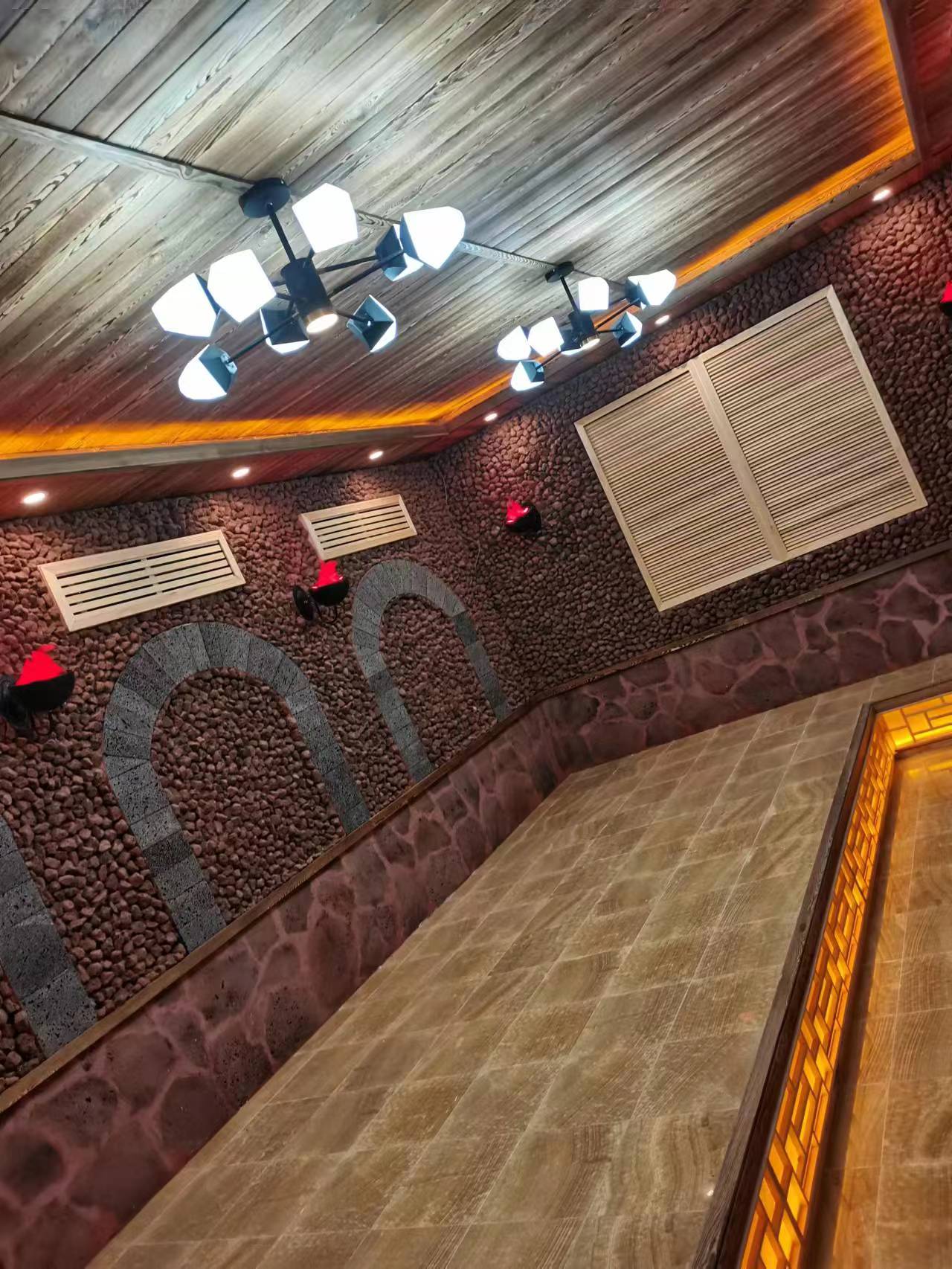
In the realm of sauna rooms, the pursuit of better insulation and energy efficiency has become a key area of focus. New sauna room materials are emerging and playing a crucial role in achieving these desirable qualities.
Insulation in a sauna room is vital for several reasons. Firstly, it helps to maintain a consistent and comfortable temperature inside the room. This allows users to enjoy the sauna experience more effectively, as the heat is retained and evenly distributed. Secondly, good insulation reduces heat loss, which in turn leads to increased energy efficiency. Energy-efficient sauna rooms not only save on energy costs but also have a positive impact on the environment by reducing overall energy consumption.
New types of insulation boards made from advanced materials such as rigid polyurethane foam or phenolic foam have been introduced. These boards have excellent thermal insulation properties. They have a high R-value (a measure of thermal resistance), which means they can effectively resist the transfer of heat. Rigid polyurethane foam, for example, has a closed-cell structure that provides superior insulation. It can prevent heat from escaping through the walls and ceiling of the sauna room, ensuring that the heat generated by the sauna heater is efficiently retained within the space.
Reflective insulation materials are another innovation in sauna room construction. These materials work by reflecting heat back into the room. They are typically made of a combination of aluminum foil and other insulating substrates. When installed correctly, they can significantly enhance the insulation performance. The aluminum foil reflects the radiant heat, reducing the amount of heat that would otherwise be lost through the walls or roof. This is especially beneficial in sauna rooms as radiant heat is a significant component of the heating process, and by reflecting it back, the overall energy efficiency is improved.
Vacuum insulation panels are a relatively new and highly effective insulation solution. They consist of a core material, usually a porous insulator, enclosed in a vacuum-sealed envelope. The vacuum environment greatly reduces the conduction and convection of heat, providing extremely high levels of insulation. Although they are more expensive than some traditional insulation materials, their superior performance in terms of insulation and space-saving makes them an attractive option for high-end sauna rooms. VIPs can achieve very low thermal conductivity, ensuring that minimal heat escapes from the sauna room, resulting in better energy efficiency and a more stable internal temperature.
New sauna room materials are often designed to work in harmony with energy-efficient sauna heaters. For instance, modern infrared sauna heaters are becoming increasingly popular due to their energy-saving features. These heaters emit infrared radiation that directly heats the objects and people in the room rather than heating the air first. When combined with the right insulation materials, such as those mentioned above, the heat generated by the infrared sauna heater can be better retained, further enhancing energy efficiency. The insulation materials prevent the heat from dissipating quickly, allowing the heater to operate more efficiently and at a lower power consumption level. Additionally, some sauna heaters are now equipped with smart control systems that can adjust the heating power based on the actual temperature and usage patterns. When used with good insulation, these systems can optimize energy usage and ensure that the sauna room maintains a consistent and comfortable temperature while minimizing energy waste.
The correct installation of new sauna room materials is crucial for maximizing their insulation and energy efficiency benefits. When installing insulation boards, for example, it is essential to ensure that there are no gaps or voids. Any air leaks can significantly reduce the effectiveness of the insulation. Professional installers use techniques such as sealing joints with appropriate adhesives or tapes to create a seamless insulation layer. In the case of reflective insulation materials, proper orientation and installation distance from the heat source are important factors. If not installed correctly, the reflective properties may not be utilized optimally, and heat loss could still occur. Similarly, vacuum insulation panels require careful handling and installation to maintain their vacuum integrity. Any damage to the panel during installation can compromise its insulation performance. Overall, meticulous installation techniques are necessary to ensure that the new sauna room materials perform as expected and contribute to better insulation and energy efficiency.
The use of new sauna room materials for better insulation and energy efficiency offers several long-term benefits. Firstly, the reduced energy consumption leads to lower utility bills over time. This cost savings can be significant, especially for commercial sauna facilities or for homeowners who use their sauna rooms frequently. Secondly, better insulation can extend the lifespan of the sauna equipment, as the heaters and other components are not subjected to excessive heat loss and temperature fluctuations. This means less frequent replacement and maintenance, further saving on costs. Additionally, energy-efficient sauna rooms are more environmentally friendly, contributing to a reduced carbon footprint. As the demand for sustainable and energy-efficient solutions grows, investing in new sauna room materials can also increase the value of a property or business. In the long run, the initial investment in these materials pays off through reduced operating costs, increased equipment durability, and enhanced environmental performance.

